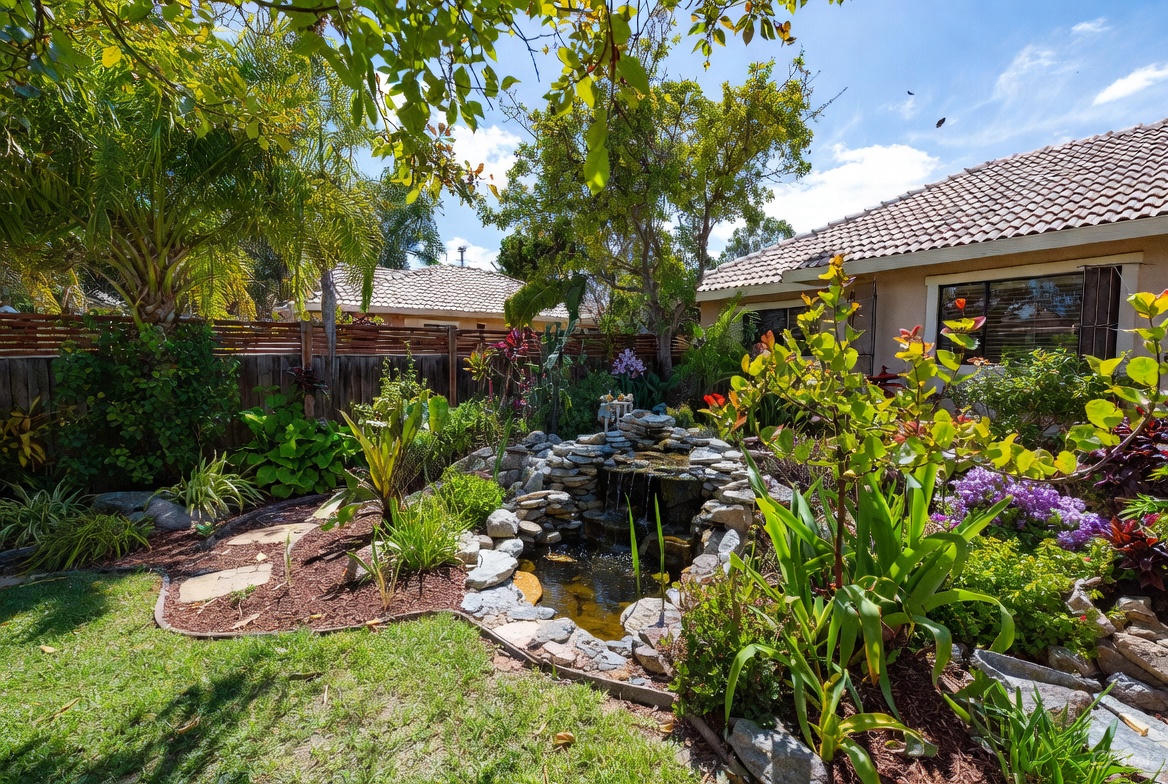
Trees are a lifetime investment. When seen from a couple stories up, trees become the backbone for all of the land as far as the eye can see. From a birds-eye view, trees are the queens of the community and all the other shrubs and plants seem to bow down in celebration of their special place.
Without a doubt, trees are the most solid structures within a garden landscape. Although no tree is permanent, many trees can live multiple generations if well taken care of and become revered by we humans who love their shade, fruit, and wildlife. There is a more important reason to celebrate trees; oxygen. Although estimates range, trees produce oxygen in the hundreds of pounds annually. Trees are also a vital natural resource as a central control to hold pollutants, stabilize the world’s climate, offset carbon dioxide buildup, cool our homes and offices, and shelter and feed a huge percentage of the world’s wildlife. Trees absorb water and prevent run-off as well as make an invaluable contribution to your neighborhood landscape.
Planning Is Everything When Planting a Tree
Trees, once planted, cannot easily be moved. Therefore, planning is absolutely imperative in considering the selection and planting of a tree. Additionally, by increasing diversity, it is possible to eliminate huge losses of trees all at one time based on disease or pests like that of Dutch Elm Disease and the Emerald Ash Borer. Diversity of tree plantings increases the chance of more trees surviving to a mature age. Trees vary hugely in size, from the very small to the ginormous. Before planting it is critical to understand a tree’s mature height when selecting a sapling.
Trees can be a nuisance to a neighbor if you plant a tree overhanging onto their property or to you if you plant a tree too close to your home so the roots tap into your plumbing. They can also be the central visual appeal to your landscape design. A deciduous tree can block hot South Eastern sun in the summer, but once its leaves are gone, can function to let the sun shine on a building in winter and heat it up, thereby improving your heating and cooling bills. If you have a busy road nearby or live in an urban environment, trees function as sound and pollution filters. Avoid planting trees too close together or your trees can become stunted and fungus filled. Trees need to stretch.

Best Time to Plant a Tree
Plant a tree in fall, the time when a sapling will have the least chance of heat stress. Dig a hole that is four times the width of the container or root ball, but that allows the tree’s root ball to sit even with or one inch above the surrounding grade. Success will be more likely if you cut and remove the wire baskets, strings, burlap, or plastic exposing root ball.
Do not remove soil and handle the tree by the root ball to prevent breakage. Loosen soil that will be used as backfill, but do not add additional compost or organic matter so that the tree’s roots will know to stretch out into the surrounding soil for nutrients. Water well and mulch with two to three inches of mulch immediately, keeping mulch well away from the bark at the base of the trunk. Do not fertilize the first year. Fertilize annually with an organic fertilizer thereafter.
Whether used to feed and house wildlife, build a sustainable cooling solution for your home, beautify your neighborhood, or to help with water absorption for your yard, planting a tree can absolutely make a difference for your home, landscape, and community.
Want to learn how certain trees will look in a landscape? Download iScape now and place tree varieties easily in your design. iScape it!




.jpg)

